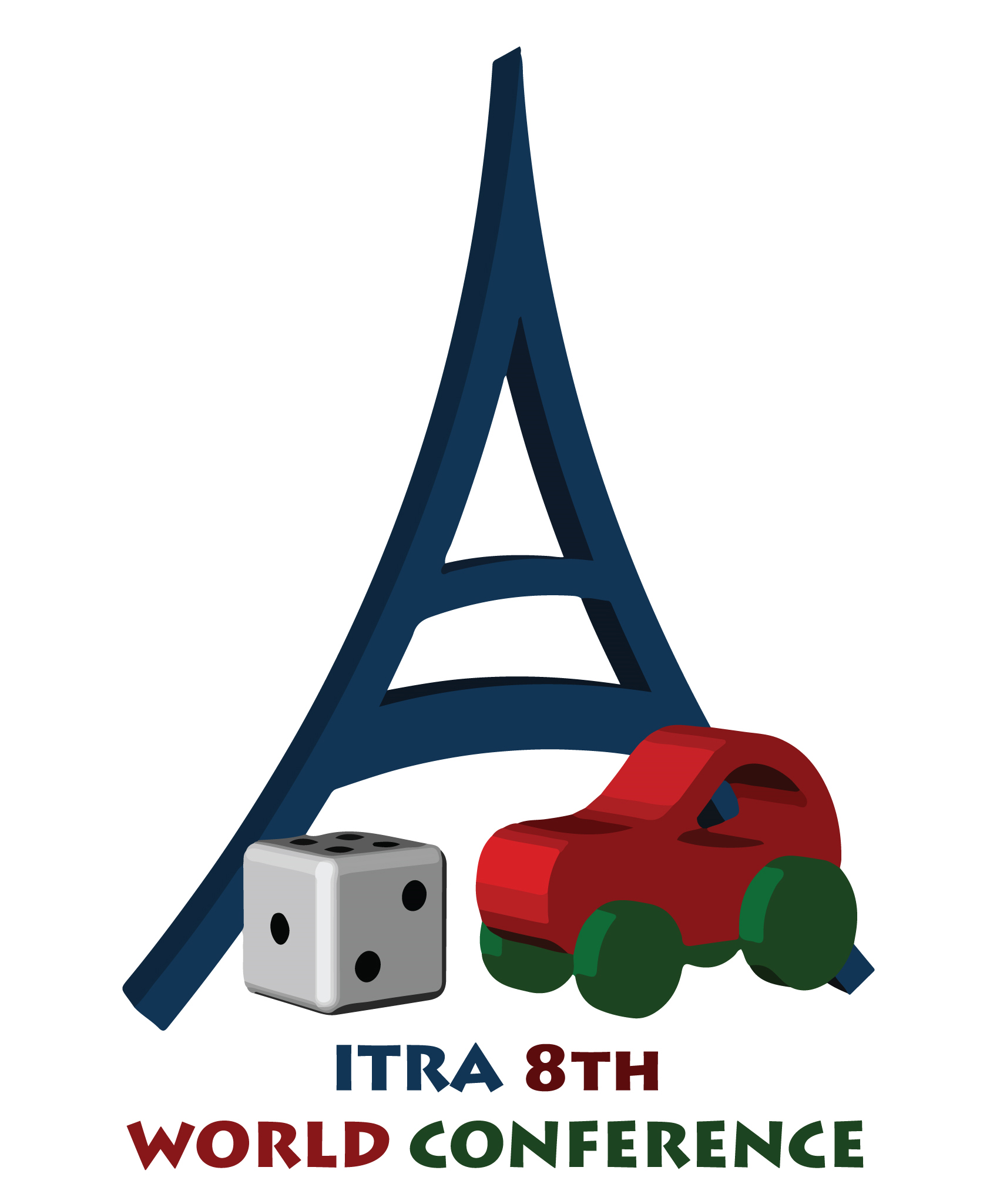How to Play without Toys? A Playwork Experimentation in Paris
Abstract
Following a European research project, this paper aims to present the specific playful material culture linked to the Anglo-Saxon tradition of playwork descending from adventure playgrounds. Initiated and founded by and based on the work of architects-Carl Theodor Sørenson and Lady Marjory Allen de Hurtwood among others, the "loose parts theory" of Simon Nicholson proposes an ecological approach to designing places to play with elements or objects that were not designed to be "toys" or to be played by children. During the experimentation of a "play-box" set up in the playground of two structures housing children in Paris, we had the opportunity to observe and question children about play practices before and after provision of these undetermined elements. Faithful to the original project designed by Children's Scrapstore, these items are recycled and reused-recovered in scrapstores-and selected according to several criteria to estimate their "play value" and, based on a playground audit of opportunities to play offered, a second selection is made. According to the principles of the playwork, it is thus a question to provide an environment fit to facilitate children's play and this, all the more so, when these same playgrounds appear to be at least "deserted". In this enrichment, loose parts have an important role to take because of their qualities that we will analyse. How do children play with these objects that are not toys? How do these objects affect children's playful practices? This is what we propose to discuss in this contribution starting from the notions of interpretation and "bricolage".
Domains
Education| Origin | Files produced by the author(s) |
|---|
Loading...
